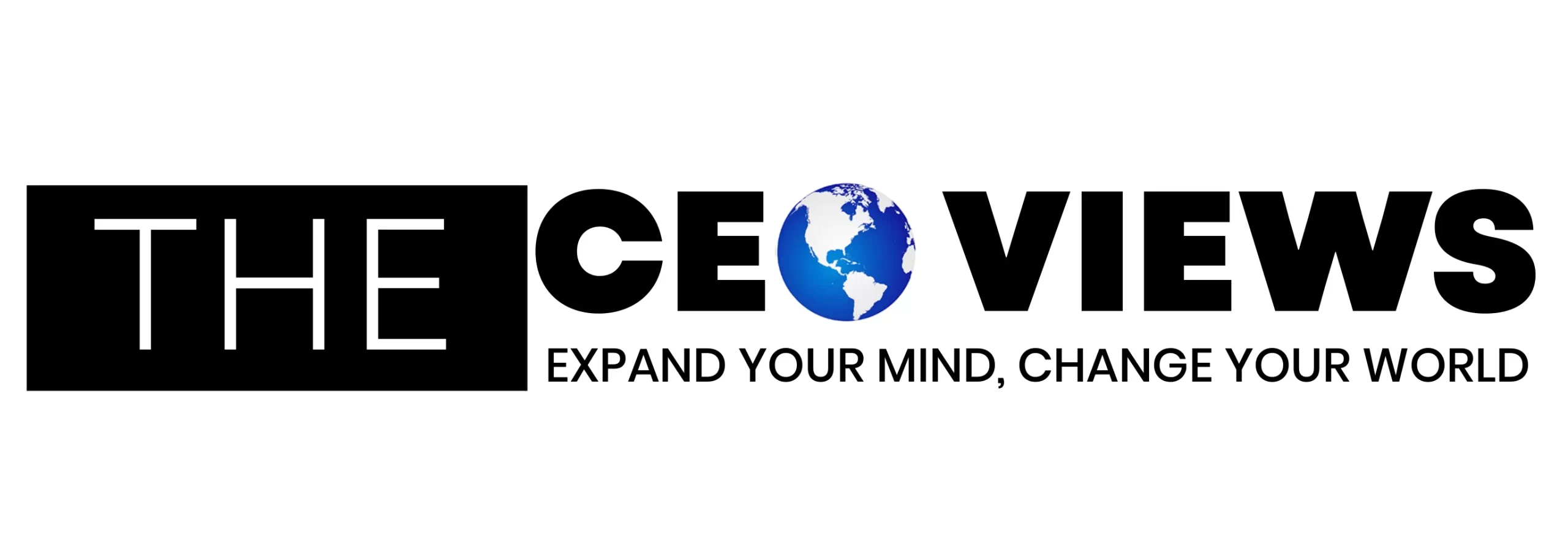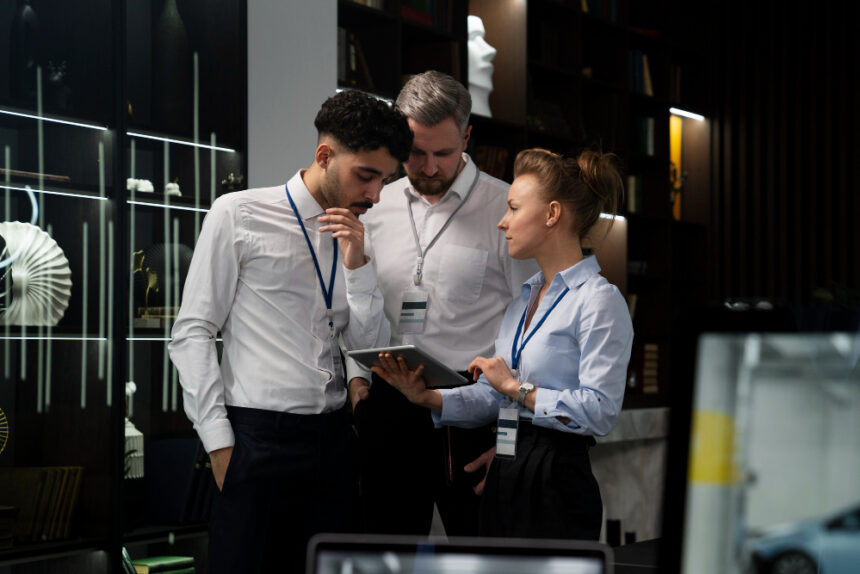Modern executive leaders know that securing an office requires more than a sturdy lock or a security guard. The workplace has evolved. People and property still need protection, but so does the data and information that support the continued operation of your business. As internal and external threats become more sophisticated, safeguards must evolve in step.
Many experts advocate a “security first” philosophy, yet in a world of competing priorities, those “what if…?” conversations are often postponed until it’s too late. Security is not a one-time declaration, it is an ongoing mindset. By adopting a forward-thinking strategy anchored in intelligent technology and robust access control systems, leaders can begin strengthening protection across every level of the organization.
Whether digital or physical, a constant flow of traffic defines the modern office. Shared spaces, hybrid work, guests, contractors and freelancers, these unpredictable comings and goings make it difficult to ensure best practices are always followed. With the rise of remote work, co-working spaces and satellite offices, the traditional boundaries of the office have expanded, creating significant operational complexity, particularly when outdated or fragmented security systems remain in place.
Common occurrences like misplaced ID badges, shared credentials or propped-open doors may seem benign but can quickly become costly breaches if the right safeguards are not implemented.
Access Control as the Cornerstone of Office Security
At the core of an effective office security strategy is the ability to know who is entering a space, and why. Access control provides this visibility by pairing physical authentication methods, such as key cards and mobile IDs, with user data securely transmitted via the cloud to HR, IT and security teams.
Integrating access activity and data streamlines entry and exits for employees and verified guests, while alerting appropriate teams to unauthorised or unusual activity. It increases accountability, simplifies audits, and helps reduce risk, while reinforcing trust across the organisation.
For areas or devices that require additional protection – such as server rooms or computers with administrative-level clearance – modern access control systems offer comprehensive, tailored measures to help ensure their security. This can look like multi-factor authentication, biometric credentials or access control readers with built-in cameras for visual verification.
This granular level of protection, combined with intelligent, data-driven management, allows leaders to customize and refine permissions with intuitive, integrated software. Avigilon’s solutions exemplify this approach, enabling organisations to manage access across multiple sites while maintaining full oversight and control.
The Role of Intelligent Video and Data Insights
Access control serves as the nervous system of an organization’s security, but visibility brings it to life. Integrated video solutions help ensure spaces are used as intended while delivering insights that go far beyond traditional observation.
In addition to recording activity, modern video technologies can provide actionable data on potential risks or safety concerns. An advanced access control system can alert on repeated out-of-hours entries, movement in restricted zones, or prolonged open doors automatically, and integrated video security allows security teams to verify what’s happening and respond swiftly while executives review the information to inform policy or resource decisions.
When access control and intelligent video operate in harmony, they create a unified view of office activity. Credentials can be matched to footage for faster incident verification, reducing blind spots and fostering transparency across departments.
Most importantly, intelligent video relies on insight rather than oversight. Employees perform best in environments that respect privacy, and Avigilon designs its tools to balance safety with trust, reflecting this critical consideration for modern executive leaders.
Integrated video is far more than a security feature. When combined with cloud-based management platforms and access control, it provides continuous feedback, highlighting inefficiencies, supporting compliance efforts and informing long-term strategic objectives.
Integration and Building a Future-Ready Framework
Even advanced security tools can fall short when used in isolation, without integration into a broader framework. Fragmented systems create blind spots, inefficiencies and confusion; issues that only compound as an organisation grows. Executive leaders hold a critical responsibility to ensure that new technologies are implemented effectively, communicated clearly and scaled appropriately to maintain agility, efficiency and protection.
A unified network of access control, intelligent video and management software allows departments to share and log information consistently. This cohesive view of office operations provides executives with data to make informed, timely decisions.
Scalability is equally important. Business growth, mergers and acquisitions can disrupt existing operations, and security systems must adapt to minimize risk. Cloud-based platforms, such as Avigilon Alta, simplify scaling privileges and device management, supporting site and personnel changes with purpose-built flexibility.
By integrating systems and planning for growth, leaders create a security framework that is adaptable, resilient and aligned with organisational objectives.
Creating a Culture of Security
Technology is only part of the solution. Executive leadership shapes the culture and processes that make security effective. As Bruce Schneier notes: “Only amateurs attack machines; professionals target people.”
Prioritising training, accountability and consistent best practices such as audits, scenario planning and regular threat analysis sets the tone for responsible behaviour throughout the organisation.
Leaders who champion a holistic approach that balances people, processes and technology can create an environment where safety becomes an enabler, rather than a barrier, to productivity, growth and organisational resilience.
John Kim
John brings over 15 years of experience in product development and design, specializing in physical security solutions. As Senior Director of Product and Design for Avigilon at Motorola Solutions, his expertise lies in driving innovative hardware development and implementing agile best practices to deliver cutting-edge products. John also possesses a keen understanding of cloud security, AI and emerging technology trends, leveraging them to shape the future of security solutions.










